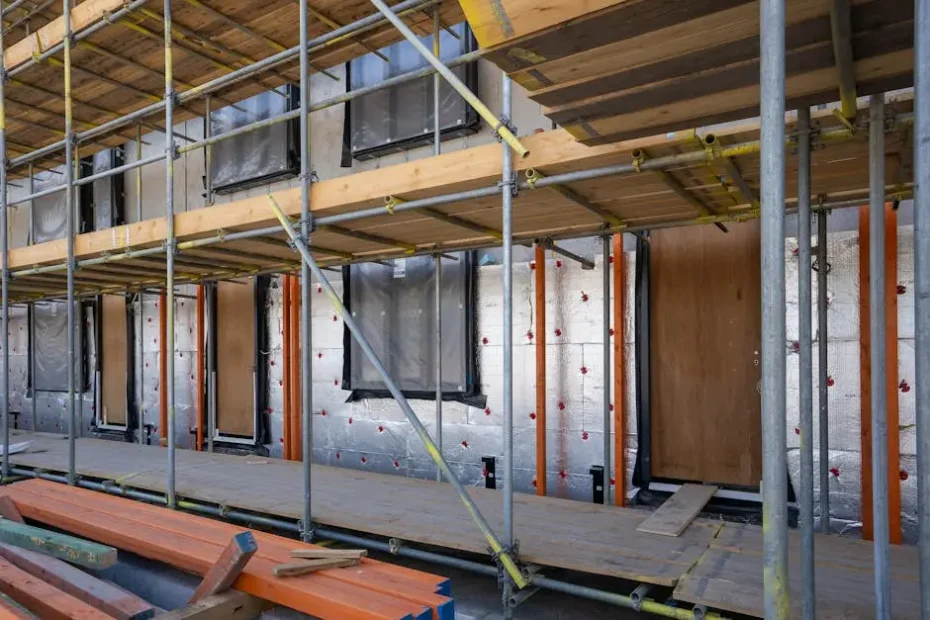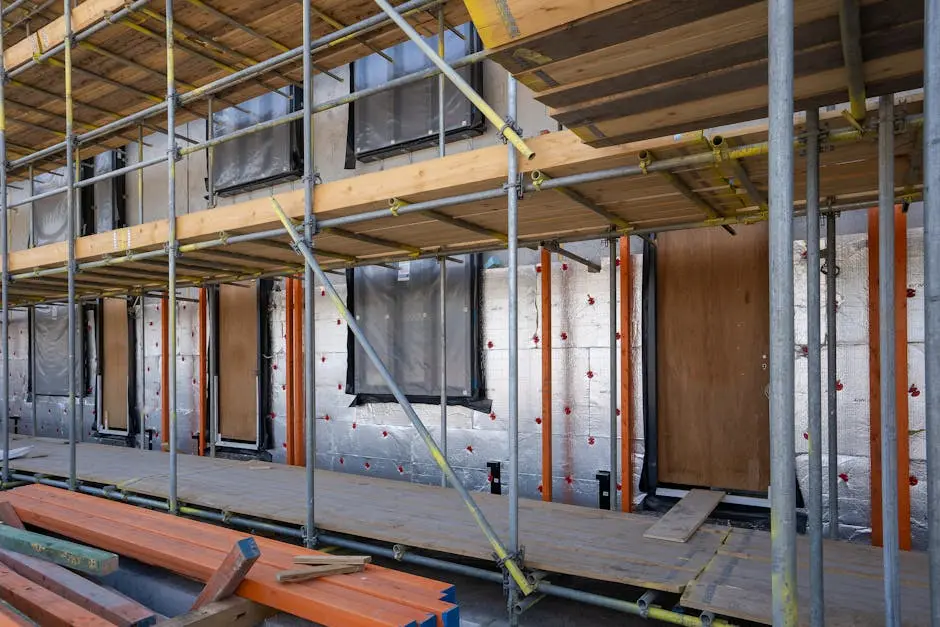With soaring energy costs and an increasing focus on sustainability, many homeowners are looking for ways to save money while making their homes more efficient. One option that often goes overlooked is the insulation tax credit. In this blog, we’ll explore how these credits work and how you can take advantage of them to reduce your expenses and improve your home’s comfort.
What Are Insulation Tax Credits?
Insulation tax credits are incentives provided by the government designed to encourage homeowners to improve their home’s energy efficiency through insulation upgrades. These credits can significantly offset the cost of materials and installation, allowing homeowners to invest in better insulation without breaking the bank.
Essentially, when you upgrade your insulation, you’re not just making your home more comfortable; you’re also eligible to receive a tax credit that can lessen your financial burden come tax time. This means that upgrading your insulation doesn’t just pay off in reduced energy bills, but also in the form of potential tax savings.
It’s important to be aware that insulation tax credits come with specific guidelines regarding eligibility and application. They are designed to reward those who take the initiative to improve energy efficiency within their homes, making it crucial to understand how to navigate the process to fully benefit from these incentives.
*We are not a tax advisor. See your tax accountant or IRS resources: https://www.irs.gov/credits-deductions/energy-efficient-home-improvement-credit
“Insulation and air sealing materials or systems that meet International Energy Conservation Code (IECC) standards in effect as of the beginning of the calendar year that is 2 years prior to the calendar year in which such component is placed in service. For example, materials or systems installed in 2025 must meet the IECC standard in effect on Jan. 1, 2023. These items don’t have a specific credit limit, other than the maximum credit limit of $1,200. Insulation and air sealing materials or systems are they only types of qualifying property that do not have to meet the qualified manufacturer and PIN requirements.”
Why Insulation Is Important for Your Home
Proper insulation is crucial for maintaining temperature control in your home, leading to lower energy bills and increased comfort. It acts as a barrier against heat loss in winter and heat gain in summer, providing a stable and comfortable living environment year-round.
In addition to comfort and energy savings, good insulation helps reduce the workload on your heating and cooling systems. When your home retains heat effectively, your HVAC system doesn’t have to work as hard. This not only leads to lower utility bills but also extends the lifespan of your heating and cooling equipment.
Moreover, well-insulated homes are generally more environmentally friendly. By using less energy to heat and cool our homes, we can significantly reduce our carbon footprint. In today’s world, where sustainability is more important than ever, improving your home’s insulation is not just a matter of personal comfort, but also a step toward environmental responsibility.
Finally, let’s not forget the added benefit of noise reduction that proper insulation provides. It helps create a peaceful home environment by diminishing outside noise, making it easier to enjoy your personal space and relaxation.
Eligibility Criteria for Insulation Tax Credits
Learn about the specific criteria homeowners must meet to qualify for insulation tax credits, including the types of insulation that are eligible. Generally, the insulation must meet or exceed certain energy efficiency standards to qualify. This often includes materials like spray foam, fiberglass, and cellulose.
To maximize your benefits, it’s important to choose the right insulation material. Each type offers different R-values, which measure the insulation’s resistance to heat flow. The higher the R-value, the better the insulation’s performance. Most tax credits require you to use high-R-value insulation to qualify.
In addition to material requirements, the size and scope of your insulation project can influence your eligibility. Typically, larger projects involving whole-home insulation upgrades may yield larger credits. Always consult the latest updates from tax authorities or your tax professional to ensure you meet the necessary qualifications.
Don’t forget to maintain records of your expenses and receipts. Proper documentation is critical when it comes to claiming your insulation tax credits. Being organized can save you time and potential stress during tax season.
How to Claim Your Insulation Tax Credits
Discover the steps involved in claiming your insulation tax credits, from gathering necessary documentation to filing your taxes. First, it’s crucial to keep all receipts and documentation related to your insulation project. This includes receipts for materials, labor, and any professional consultations you might have undertaken.
Next, you need to complete the appropriate tax forms. Most homeowners will use Form 5695 for Residential Energy Credits when claiming insulation tax credits. It’s vital to fill out this form accurately to ensure you receive the correct credit.
Once done, double-check your work and keep copies of the forms and documents for your records. Filing online can also help streamline the process, as many platforms have built-in prompts to guide you through claiming your credits. If you’re unsure about anything, don’t hesitate to consult a tax professional who can provide clarity and guidance.
Maximizing Your Savings Through Energy Efficiency
Explore how insulation tax credits can be part of a larger strategy to maximize your energy savings, including other energy-efficient home improvements. Beyond just insulation, consider integrating other upgrades such as energy-efficient windows or doors. When done together, these improvements compound the benefits of energy savings.
Home energy audits can provide valuable insights into areas where you could improve energy efficiency, leading to greater savings. These audits can identify problem spots in your home, suggesting specific technologies or changes—sometimes even free of charge.
Incorporating energy-efficient appliances and smart home technology can further reduce energy consumption, amplifying the financial perks of insulation tax credits. When you’re able to control energy usage effectively, this can lead to lower utility bills month after month.
By viewing insulation tax credits as just one piece of the puzzle, you can develop a more comprehensive plan to achieve maximum savings. It involves understanding your current systems, upgrading insulation, and making smart choices about new appliances and technology. As you take holistic steps toward improving your home’s energy efficiency, you’re ensuring long-term savings and creating a more sustainable living environment.
Final Thoughts on Insulation Tax Credits
In summary, insulation tax credits offer a fantastic opportunity for homeowners to save money while enhancing their living spaces. By understanding the eligibility criteria and application process, you can make informed decisions that not only benefit your wallet but also contribute to a more energy-efficient future. So, don’t miss out on this chance to invest in your home and reap the financial rewards.

